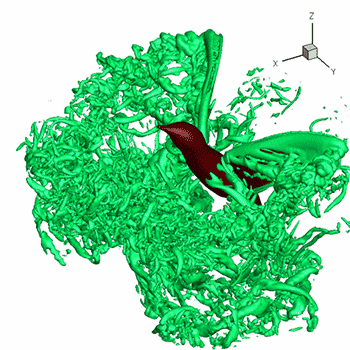How do you find the Vertical, Horizontal, and Oblique Asymptote given #f(x)= (2x+4) /( x^2-3x-4)#?
1 Answer
The vertical asymptotes are
Explanation:
Factor the denominator.
To find the vertical asymptotes, set the denominator equal to zero and solve.
To find the horizontal asymptotes, compare the degree of the numerator to the degree of the denominator.
-
If the deg of the num > deg of den, there is an oblique asymptote.
-
If the deg of the num = deg of den, the HA is the leading coefficient of the numerator divided by the leading coefficient of the denominator.
-
If the deg of the num < deg of den, the HA is
#y=0# .
In this example, the degree of the numerator is
The degree of the numerator < degree of the denominator, so the HA is
There is no oblique asymptote, because the degree of the numerator is not greater than the degree of the denominator.

